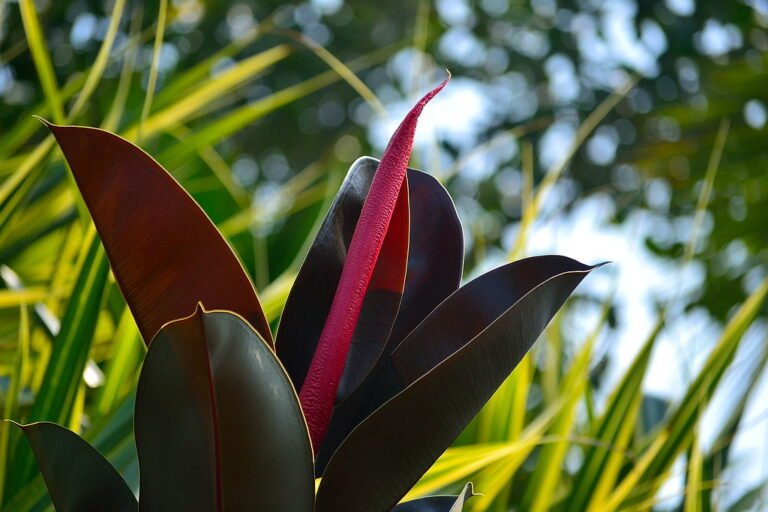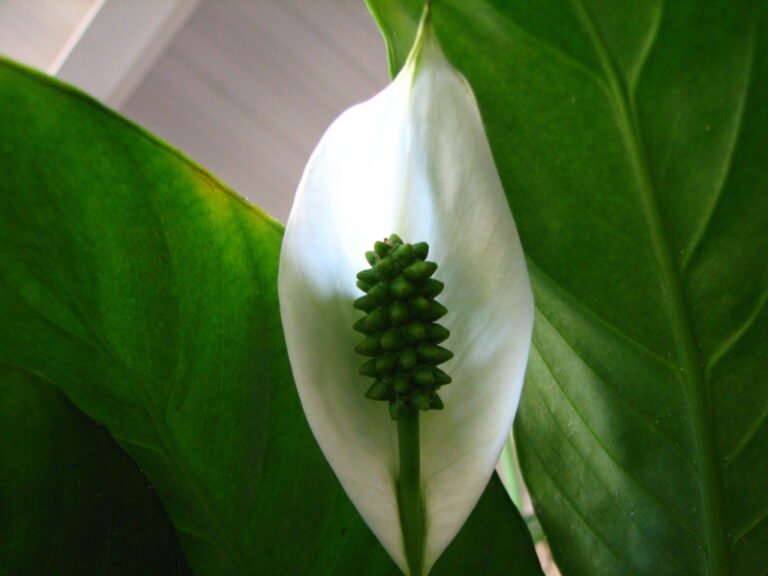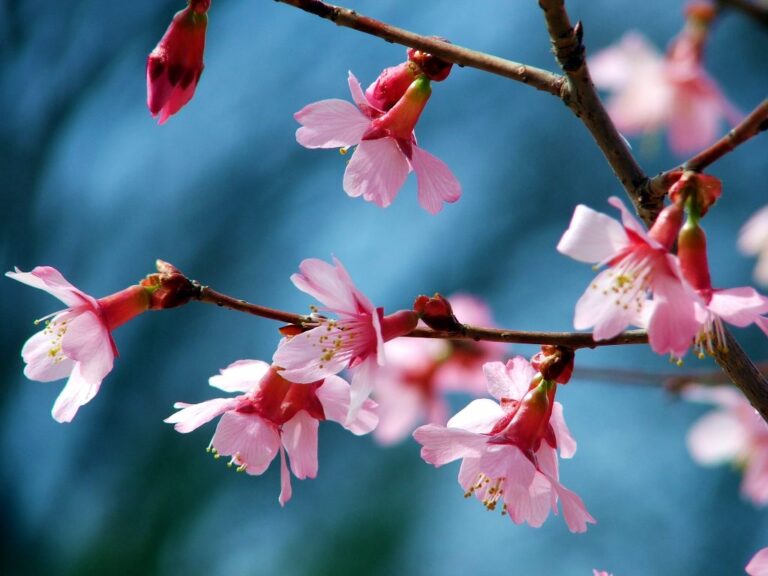Exploring the Unique Characteristics of the Big Heart-Shaped Leaves Tree
Welcome to the fascinating world of the big heart-shaped leaves tree! This article invites you to explore the unique characteristics of this remarkable plant. From its distinctive leaf shape and size to the variations in color and vein patterns, we will delve into every aspect of this botanical wonder. Discover how it adapts to its environment, where it can be found, and its intriguing reproduction and pollination processes. We will also uncover its medicinal uses and provide horticultural considerations. Prepare to be captivated by the secrets of this extraordinary tree.
Tree Identification
To identify the big heart-shaped leaves tree, you will need to observe its distinct features and compare them to known tree species. The first thing to note is the shape of the leaves. They are large and heart-shaped, with a smooth, glossy texture. The color of the leaves is a vibrant green, which can vary slightly depending on the season. Another characteristic to look out for is the bark. It is rough and textured, with deep grooves and a dark brown color. The branches of this tree are sturdy and spread outwards, creating a wide canopy. When in full bloom, the tree produces clusters of small, delicate white flowers that emit a sweet fragrance. By carefully examining these features, you can confidently identify the big heart-shaped leaves tree and appreciate its unique beauty.
Leaf Shape and Size
The big heart-shaped leaves of this tree are one of its most distinctive features. They are large and broad, measuring around 6 to 8 inches in length and width. The leaves have a smooth texture and are glossy, reflecting sunlight and giving the tree a vibrant appearance. Their shape resembles a perfect heart, with a rounded base and a pointed tip. The edges of the leaves are slightly wavy, adding to their visual appeal. The deep green color of the leaves is indicative of their health and vitality. These characteristics make the leaves not only visually appealing but also highly functional. They provide ample shade and protection to the tree, shielding it from excessive sunlight and helping to regulate its temperature.
Color Variations
As you continue exploring the unique characteristics of the big heart-shaped leaves tree, you’ll notice that there are various color variations that add to its visual allure. The leaves of this magnificent tree exhibit a vibrant palette of colors, ranging from deep shades of green to lighter hues of yellow and even hints of red. These color variations are not only aesthetically pleasing, but they also serve a purpose in assisting the tree’s survival. The darker green leaves contain a higher concentration of chlorophyll, which enables the tree to effectively capture sunlight for photosynthesis. On the other hand, the lighter colored leaves reflect excess sunlight, preventing damage to the tree’s delicate tissues. This careful balance of color variations ensures the tree’s continued growth and vitality, making it a truly remarkable sight in any landscape.
Leaf Vein Patterns
Analyzing the leaf vein patterns of the big heart-shaped leaves tree reveals fascinating intricacies in its vascular system. The veins of these leaves form a complex network that efficiently transports water, nutrients, and sugars throughout the tree. As you observe the leaves closely, you will notice a prominent central vein, known as the midrib, which runs from the base to the tip of the leaf. From this midrib, smaller veins, called secondary veins, branch out in a graceful and symmetrical manner. These secondary veins divide further into tertiary veins, creating a delicate web-like pattern that enhances the leaf’s structural integrity. The arrangement of these veins not only supports the leaf, but also ensures the efficient distribution of resources, allowing the tree to thrive and provide shade and beauty to those around it.
Environmental Adaptations
Have you ever wondered how the big heart-shaped leaves tree adapts to its environment? The unique characteristics of this tree enable it to thrive in a variety of conditions. One of its remarkable environmental adaptations is its ability to retain water. The large surface area of the heart-shaped leaves allows for efficient absorption of moisture from the surrounding air. Additionally, the leaves have a waxy coating that helps reduce water loss through evaporation. Another adaptation is the deep and extensive root system of the tree. These roots not only anchor the tree securely in the ground but also enable it to access water and nutrients from deep within the soil. Furthermore, the tree has the ability to withstand strong winds due to its flexible branches. This adaptation allows the tree to sway and bend, minimizing the risk of breakage during storms. Overall, the big heart-shaped leaves tree has evolved to adapt to its environment in order to serve and thrive in various landscapes.
Growth and Lifespan
The growth and lifespan of the big heart-shaped leaves tree are influenced by various factors. As you observe this magnificent tree, you will notice its rapid growth in the right conditions. With proper care and nourishment, it can reach heights of up to 60 feet in just a few years. The tree’s growth is also affected by its surroundings, such as the availability of sunlight, nutrients in the soil, and access to water. It thrives in well-drained soil and prefers a moderate amount of moisture. However, excessive water can lead to root rot and shorten its lifespan. With proper maintenance, this tree can live for several decades, providing shade and beauty to those it serves.
Habitat and Distribution
To understand the habitat and distribution of the big heart-shaped leaves tree, you must consider its preferred growing conditions and where it can be found. This unique tree thrives in warm and tropical climates, where it can bask in abundant sunlight and receive ample rainfall. It prefers well-drained soil that is rich in organic matter, allowing its extensive root system to anchor firmly in the ground. The big heart-shaped leaves tree can be found in various regions across the world, including Southeast Asia, Central and South America, and parts of Africa. It is often seen flourishing in rainforests and dense jungles, where its large leaves provide shade and shelter to a diverse range of flora and fauna. Its distribution is not limited to any specific area, making it a captivating sight to behold for nature enthusiasts everywhere.
Reproduction and Pollination
Understanding the reproduction and pollination of the big heart-shaped leaves tree is crucial to unraveling its unique characteristics. When it comes to reproduction, this tree follows a fascinating process. It is dioecious, meaning that there are separate male and female trees. The male trees produce small, inconspicuous flowers that release pollen into the air. The female trees, on the other hand, bear large, showy flowers. These flowers attract various pollinators, such as bees, butterflies, and birds, with their vibrant colors and sweet scent. Once pollinated, the flowers develop into fruit, which contains the seeds for future generations. The pollination process of the big heart-shaped leaves tree is not only essential for its reproduction but also contributes to the overall biodiversity of the surrounding ecosystem.
Medicinal Uses
You can discover numerous medicinal uses for the big heart-shaped leaves tree. This remarkable tree possesses a wealth of healing properties that are beneficial for serving others. The leaves of this tree are known for their potent anti-inflammatory properties, making them effective in treating various ailments such as arthritis and joint pain. The bark of the tree is rich in antioxidants, which can aid in boosting the immune system and preventing diseases. Additionally, the tree’s leaves can be brewed into a soothing tea that can help alleviate digestive issues and promote overall digestive health. Its extracts have also shown promise in reducing blood pressure and cholesterol levels. The big heart-shaped leaves tree truly offers a plethora of medicinal benefits, making it an invaluable resource for those seeking natural remedies to improve their health.
Horticultural Considerations
When it comes to cultivating this remarkable tree, there are a few key aspects to keep in mind. First and foremost, the big heart-shaped leaves tree thrives in tropical and subtropical climates. It requires well-drained soil with a pH level between 6.0 and 7.5, and it prefers a moderate amount of sunlight. Regular watering is essential, but be mindful not to overwater, as excessive moisture can lead to root rot. Pruning is recommended to maintain its shape and promote healthy growth. Additionally, fertilizing with a balanced slow-release fertilizer can provide the necessary nutrients for optimal development. By following these horticultural considerations, you can ensure the successful cultivation of the big heart-shaped leaves tree in your garden.
Conclusion
In conclusion, the big heart-shaped leaves tree is a remarkable plant with unique characteristics that make it easily recognizable. Its large leaves, varying in color and displaying intricate vein patterns, add to its beauty. This tree has adapted well to its environment, thriving in different habitats and regions. With its reproductive and pollination mechanisms, it continues to propagate and ensure its survival. Moreover, its medicinal uses and horticultural considerations make it a valuable asset in the botanical world.






